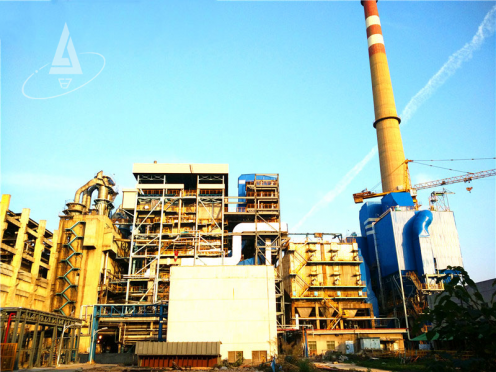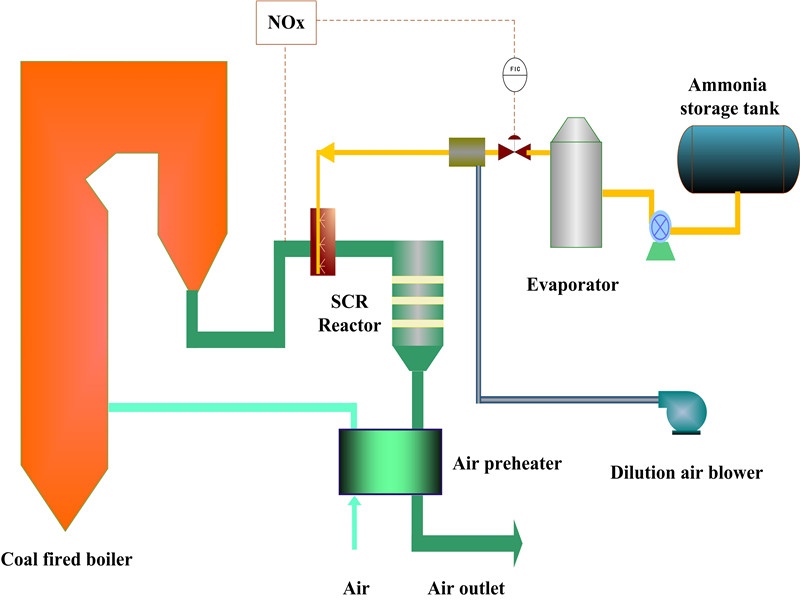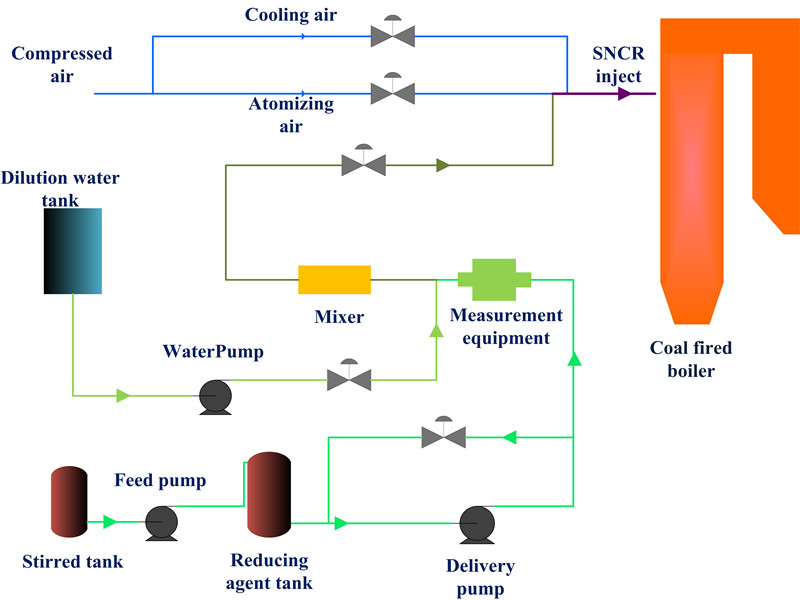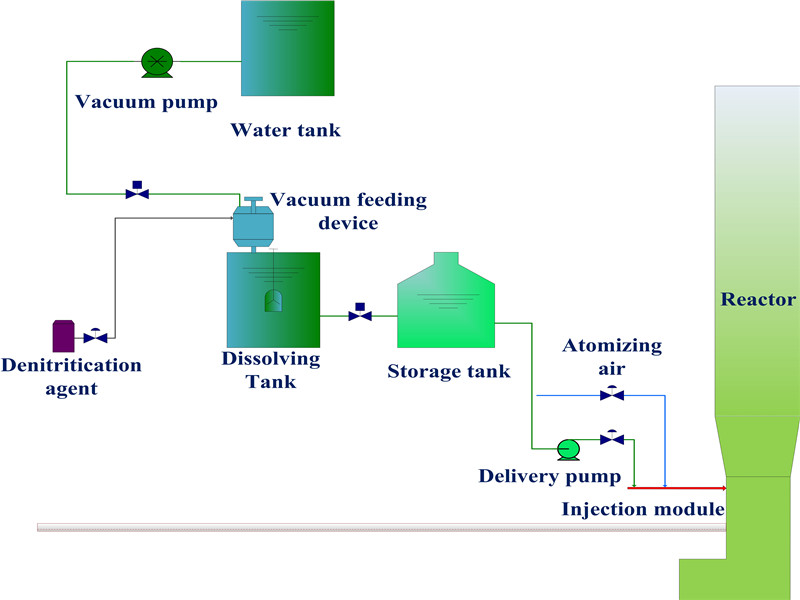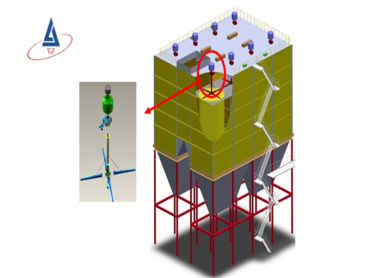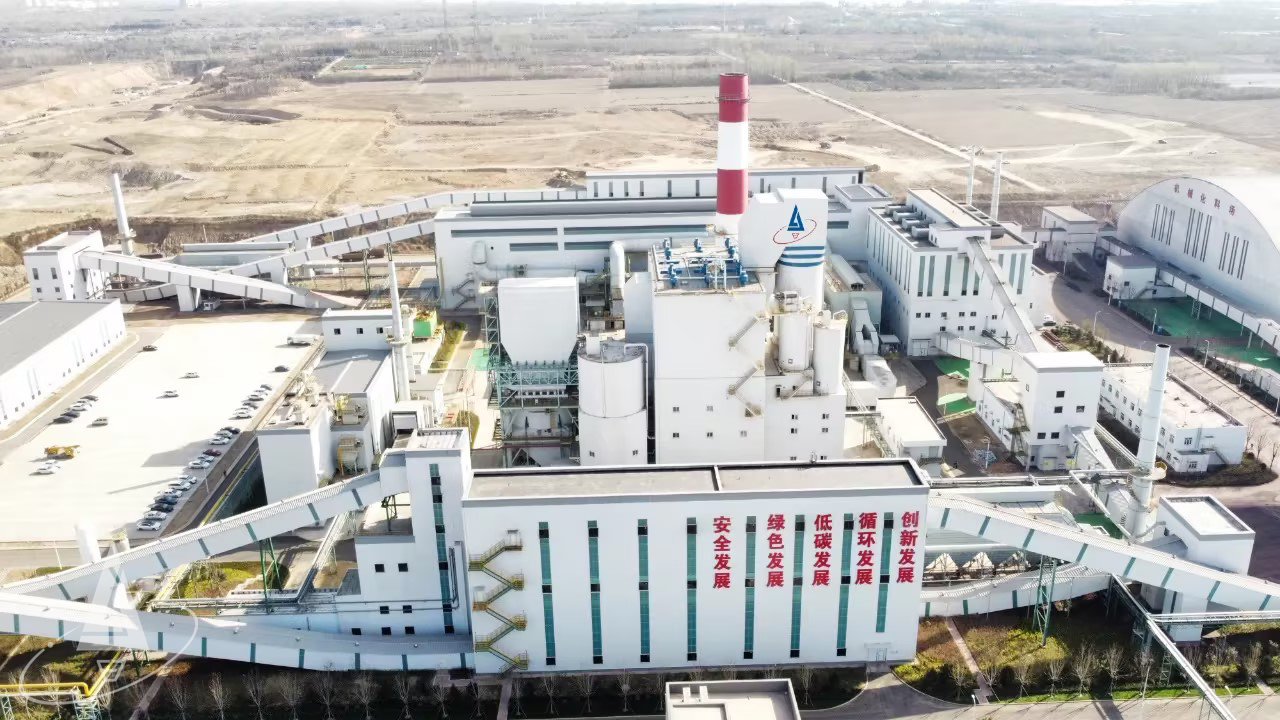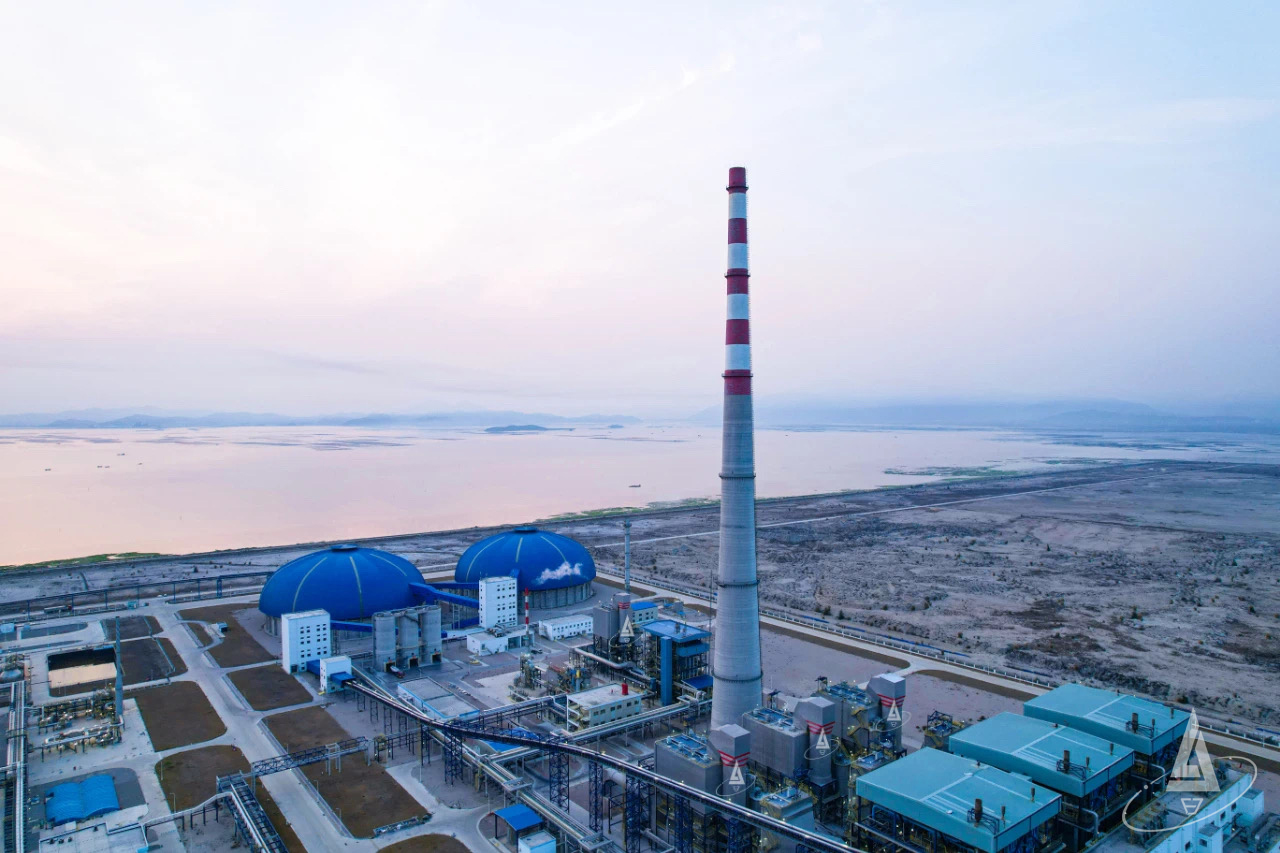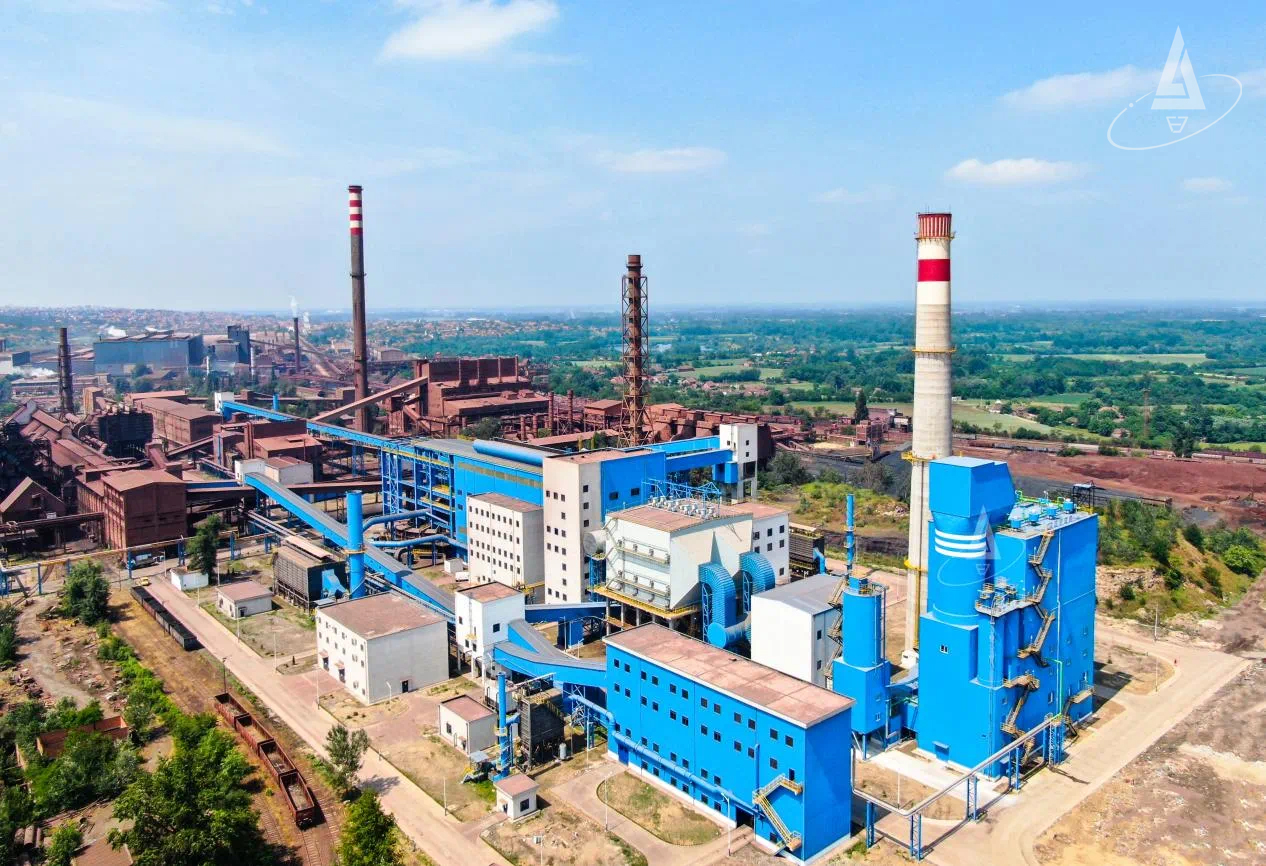Denitration is a process of chemically converting nitrogen oxides (NOx) into nitrogen (N2) and water (H2O) by using catalyst to realize NOx removal in the flue gas
-
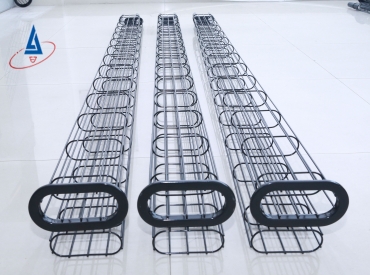 Filter Bag Cage
Filter Bag CageThe filter bag cage is used in bag house for supporting bag house filter bag.
-
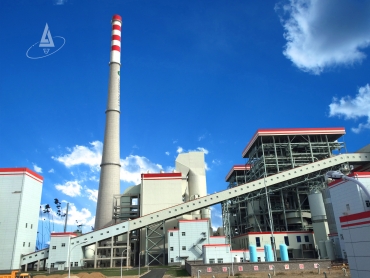 Flue Gas Desulfurization
Flue Gas DesulfurizationLonjing's Dry Flue Gas Desulfurization (DFGD) is for sulfur dioxide (SOx)control and multi-pollutant control under the name of Dry Multi Emission Control(D-MEC) system.
-
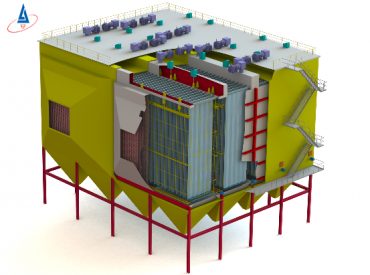 Electrostatic Precipitator
Electrostatic PrecipitatorElectrostatic Precipitator (ESP) is a filtration device that removes fine Particular Matter (PM). Lonjing Environment Technology Co.,Ltd. has several mainstream Electrostatic Precipitator (ESP) technologies, based on which a number of advanced products have been developed by innovation. Lonjing's ESP products have been widely applied in various industrial fields all over the world, such as in energy, metallurgy, building material, light industry, chemical industry, etc.
-
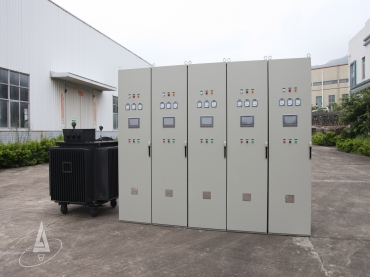 High Frequency Power Supply for ESP
High Frequency Power Supply for ESPThe high voltage/ high frequency power supply for ESP is for rectifying and filtering the three-phase AC power to obtain the DC power. It can also reuse existing transformer.

